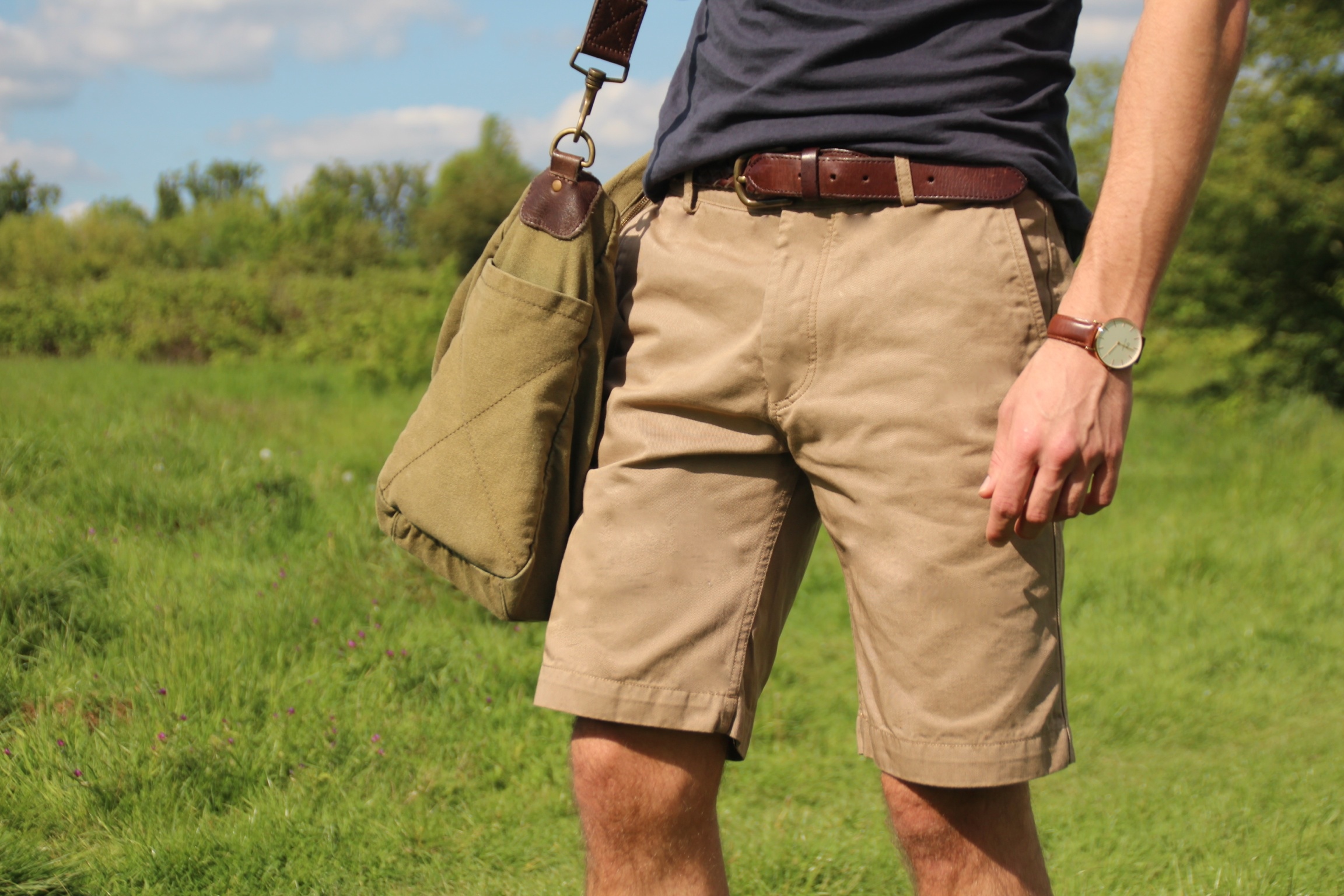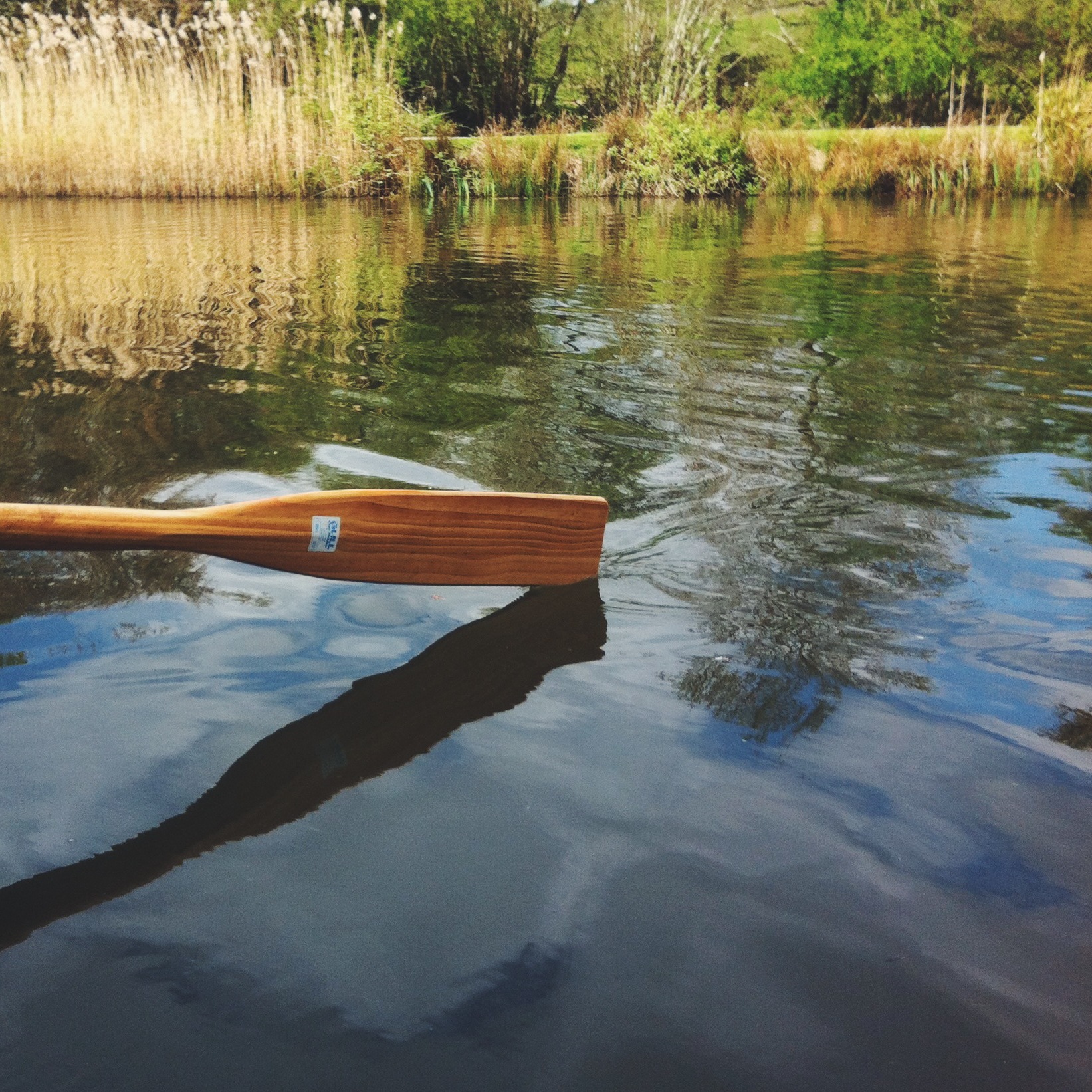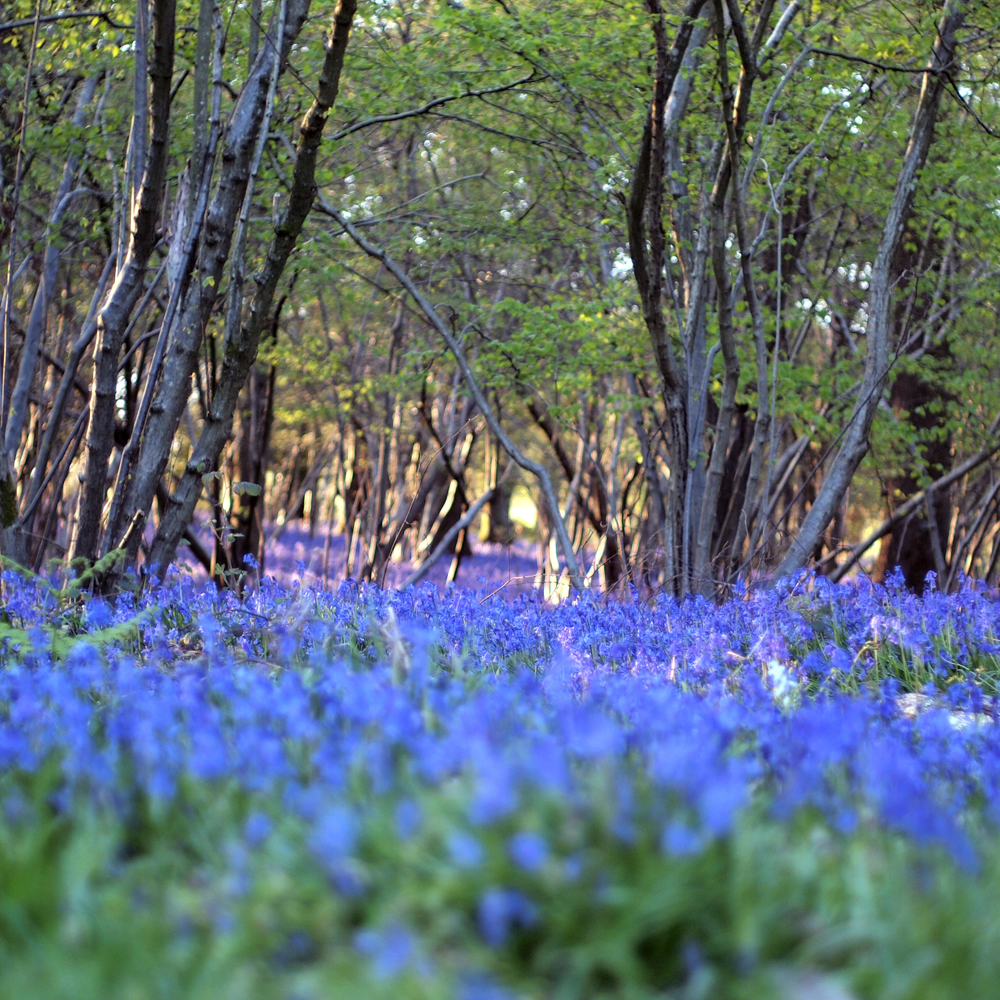Steer clear of denim and give socks the heave-ho: our chums over at Spoke share their wisdom for legwear that you'll pretty much be living in all summer, God willing...
- Nail the Fit
Loose shorts are great for the gym. Or for ‘Home Improvement’ activities. Otherwise, wear a pair that fit, or you’ll look like a slob. As a general guide, the shorts should be about as wide at the hem as the widest part of your thigh - and no wider. In other words, it should be difficult or impossible to pull the hem up to the top of your thigh.
- Check the length
The hem should fall somewhere between one and two inches above the knee. Higher than that and you start to enter 80’s footballer territory.
- Roll the hem
Most shorts are cut to one length, erring on the long side. As the looks above demonstrate, a rolled hem is totally acceptable way to adjust the length as required.
- Lose the socks
Generally speaking, socks and shorts should never be seen together. We struggle to think of exceptions. Slip-ons, espadrilles, loafers, boat shoes, flip-flops - there are lots of options in terms of sockless footwear. We love a pair of Quoddy’s. You don’t have to rule out trainers but it might be worth investing in some invisible socks.
- Lighten the pockets
Pockets should always be on the inside of the short, unless you work in construction (and you are at work). No exceptions. Overfilled pockets won’t do your fit any favours so try and keep things simple and stripped down - remove any unnecessary key rings and find yourself one of those milimaist, 21st century wallets. Perhaps one that doubles as a phone case. We love this, by Dodo.
- No denim (ever)
Look, we don’t want to be snobs, and we’re pretty sure Nick Wooster or David Beckham could carry it off if they wanted too. But why make life hard for yourself? Denim shorts make all the wrong references.
Ready to practise? Find our own Italian cotton shorts here, cut in italian milled cotton, and trimmed with Swiss hardware, currently available in navy, grey and a classic khaki. Next day delivery and returns are free in the UK.


























![[v&bp] studio (2).jpg](https://images.squarespace-cdn.com/content/v1/52933d33e4b06ae3d2a95f16/1396950662322-QA36T6F2QCV55BI40F4Q/%5Bv%26bp%5D+studio+%282%29.jpg)
![[v&bp] studio (3).jpg](https://images.squarespace-cdn.com/content/v1/52933d33e4b06ae3d2a95f16/1396950696302-ERHSL2J6WO7S610SR9CX/%5Bv%26bp%5D+studio+%283%29.jpg)
![[v&bp] studio (8).jpg](https://images.squarespace-cdn.com/content/v1/52933d33e4b06ae3d2a95f16/1396950738971-9DFQCZWIOQVGFKIW109H/%5Bv%26bp%5D+studio+%288%29.jpg)
![[v&bp] studio (10).jpg](https://images.squarespace-cdn.com/content/v1/52933d33e4b06ae3d2a95f16/1396950764028-F1HVVLT0UPY0E40VAXZI/%5Bv%26bp%5D+studio+%2810%29.jpg)
![[v&bp] studio (11).jpg](https://images.squarespace-cdn.com/content/v1/52933d33e4b06ae3d2a95f16/1396950792551-6285JIJY48M333ZE1KO9/%5Bv%26bp%5D+studio+%2811%29.jpg)
![[v&bp] studio (18).jpg](https://images.squarespace-cdn.com/content/v1/52933d33e4b06ae3d2a95f16/1396950819921-9Z5XYZCIFT28BKZM21ZE/%5Bv%26bp%5D+studio+%2818%29.jpg)
![[v&bp] studio (22).jpg](https://images.squarespace-cdn.com/content/v1/52933d33e4b06ae3d2a95f16/1396950850983-HJ5A6JMWOLGLWSB0MKGY/%5Bv%26bp%5D+studio+%2822%29.jpg)
![[v&bp] studio (34).jpg](https://images.squarespace-cdn.com/content/v1/52933d33e4b06ae3d2a95f16/1396950876600-I3TUE3SQFSYGBS5ZIFVJ/%5Bv%26bp%5D+studio+%2834%29.jpg)